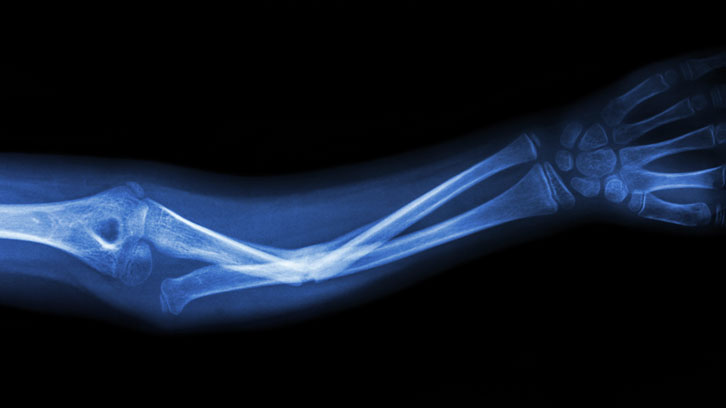Adjustment of Fragility Fracture Risk Assessment Tool

Author: iStockphoto/stockdevil.
Fragility fractures in Spain, as in other Western societies, are increasing in absolute numbers, associated with the increase in life expectancy and it is necessary to properly identify the population at risk of fragility fracture and to prioritize preventive actions on the most vulnerable groups. In 2008, the WHO published the FRAX tool for a growing number of countries. This is an online algorithm to calculate the absolute risk of fracture for 10 years, but it needs some adjustments or calibrations in each country for validation.
The set of four published studies summarizes the process that ends as a FRAX tool calibration proposal for Spanish female population.
The first article describes FRIDEX cohort comprised by women from the year 2000 aimed to determine the bone mineral density (BMD). They were determined BMD by DXA scan, anthropometric measures and an extensive questionnaire on risk factors (RF). The study describes and quantifies in percentages the presence of the RF included in the FRAX tool, as well as the age profile, weight, etc. and also pharmacological treatments received for osteoporosis. Thus it is established the baseline of a prospective cohort.
The second paper shows the analysis of 770 women of the FRIDEX cohort aged between 40 to 90 years old at baseline. These women who met the criteria of not being taking treatment at the time of entry into the cohort have been monitored for 10 years. The RF associated with the risk of fracture were: age, previous fractures, suffering from rheumatoid arthritis, having osteoporosis at the DXA baseline and a higher frequency of falls in the previous year. The analysis also showed that the discriminative capacity of FRAX, as measured by AUC-ROC with and without BMD was moderate, but not lower than BMD criteria for osteoporosis (WHO 1994). On the other hand, the analysis of the predictive ability, as measured globally with the ObsFx /EspFx ratio was 2.4 with FRAX without BMD for major osteoporotic fracture and 2.8 for hip fracture. The Hosmer-Lemeshow test proved a good correlation only after calibration with the results of the ObsFx / EspFx ratio.
The third article is an analysis of the resulting values of FRAX after analysing cases in the cohort FRIDEX website for Spanish population compared with the results of doing so on the website of the United Kingdom. This study was motivated because some publications guiding the use of this website did not fit properly in FRAX Spanish female population. The results showed differences of 2.2 times more likely to have major fracture and 1.6 to have hip fracture of the UK compared to Spain. The results suggested that this practice was not advisable and necessary intervention thresholds have to be adapted to the Spanish population, according to the developers of FRAX.
The fourth article proposes a model with thresholds that allow FRAX stratify the cohort into three groups of risk of major osteoporotic fracture. These are set based on actual results of fractures suffered for 10 years (low <10%, intermediate 10-20%, high >20%) and also on cost-effective evaluation comparing the model with the clinical practice. The FRAX thresholds that establish the most cost-effective model are: <5 low risk; ≥ 5 to <7.5 intermediate risk; High risk ≥ 7.5. Using this model with calibrated FRAX thresholds would reduce by 82% DXA and by 35% of pharmacological treatments, reducing spending by 29% to detect the same number of women who suffer fractures in the current model of common medical practice.
References
“Adequació de l’eina FRAX per determinar el risc de fractura ostoporòtica en población femenina espanyola: anàlisi de la seva capacitat diagnòstica (discriminativa i predictiva) i calibració en la població femenina espanyola”, Genís Roca Figueras doctoral thesis, read at the Department of Medicine and supervised by doctors Rafael Azagra Ledesma and Adolfo Díez Pérez.


